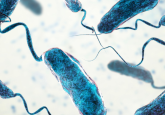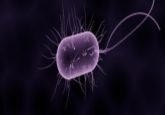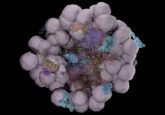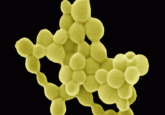Is the Panacea antitoxin domain the antidote to antibacterial resistance?
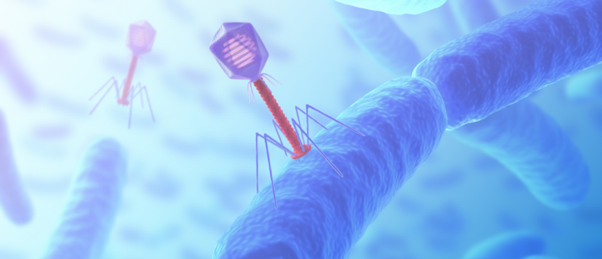
Researchers discover a new multipurpose on-off switch for inhibiting bacterial growth with a potential application in developing phage therapies against antibiotic resistant bacteria.
A team of researchers from Lund University (Sweden) have uncovered a multipurpose antitoxin mechanism in bacteria capable of neutralizing hundreds of different toxins. The mechanism may help protect bacteria from viral bacteriophage attacks – throwing a spanner in the works of so-called phage therapy aiming to treat antibiotic resistant infections. Understanding bacterial toxin–antitoxin systems is vital to developing effective phage therapies in the fight against antibiotic resistance.
Toxin–antitoxin mechanisms are widespread in bacterial genomes as well as in the genomes of bacteriophages that infect bacteria. These mechanisms are increasingly prevalent as bacterial defenses against bacteriophage attacks, posing a threat to the success of phage therapies.
The class of toxin–antitoxin system studied by the team acts as a regulatory switch to produce toxic enzymes that rescind bacterial growth to prevent multiplication of the infected bacteria and produce a counteracting antitoxin to reverse this process. The team found that a protein domain on the antitoxin not only neutralized the toxin in its pair but could neutralize other toxins too. Rather fittingly, the protein domain on the antitoxin was named Panacea after the Greek goddess of medicine whose name has become synonymous with universal care.
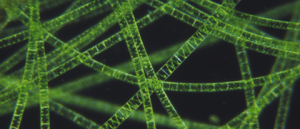 Shapeshifting bacteria: filamentation allows invasion of multiple cells
Shapeshifting bacteria: filamentation allows invasion of multiple cells
Scientists find a new species of bacteria that shapeshifts into a long thread-like form to invade its roundworm host, a technique that has not been observed before.
Panacea’s multipurpose neutralizing mechanism was discovered using a computer program developed by co-first author Chayan Kumar Saha that analyzes specific types of genes found next to each other in bacterial genomes. The reason for seeking out these types of genes is that toxin–antitoxin genes come in pairs.
A gene encoding a toxin that inhibits bacterial growth is often found adjacent to a gene encoding an antitoxin that counteracts the toxin – the genes are conveniently within reach of each other in case the antidote to the poison is needed. Utilizing Saha’s computer program and modeling tools, the team predicted new antitoxin genes adjacent to previously identified potent toxin genes and found that the Panacea domain could neutralize toxins from different toxin domains. The scale of Panacea’s neutralization ability is described as ‘hyperpromiscuity’ on an unprecedented level, senior author Gemma Atkinson explained.
“We were startled by the discovery that one particular antitoxin protein fold can be found in toxin–antitoxin-like arrangements with dozens of different kinds of toxins. Many of these toxins are new to science,” Saha emphasized.
The surprising findings of this study is only one piece of a bigger puzzle, as the authors claim that there may be a range of similar systems yet to be discovered. The team propose that the Panacea antitoxin domain has significant biotechnological and medical potential as a universal toxin neutralizer.
So how can one single domain neutralize several different toxins? The team call for in-depth structural analysis of the Panacea domain to reveal the molecular function so critical for neutralization.
“The full set of toxin–antitoxin systems could be a molecular toolbox for tweaking bacterial metabolism and controlling bacterial cell resources. This can be important in industrial and pharmaceutical manufacture situations where bacteria are used to produce molecules of interest,” Atkinson highlighted.
